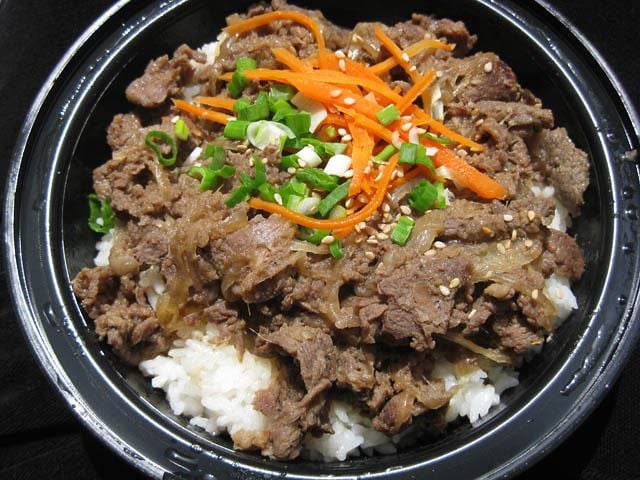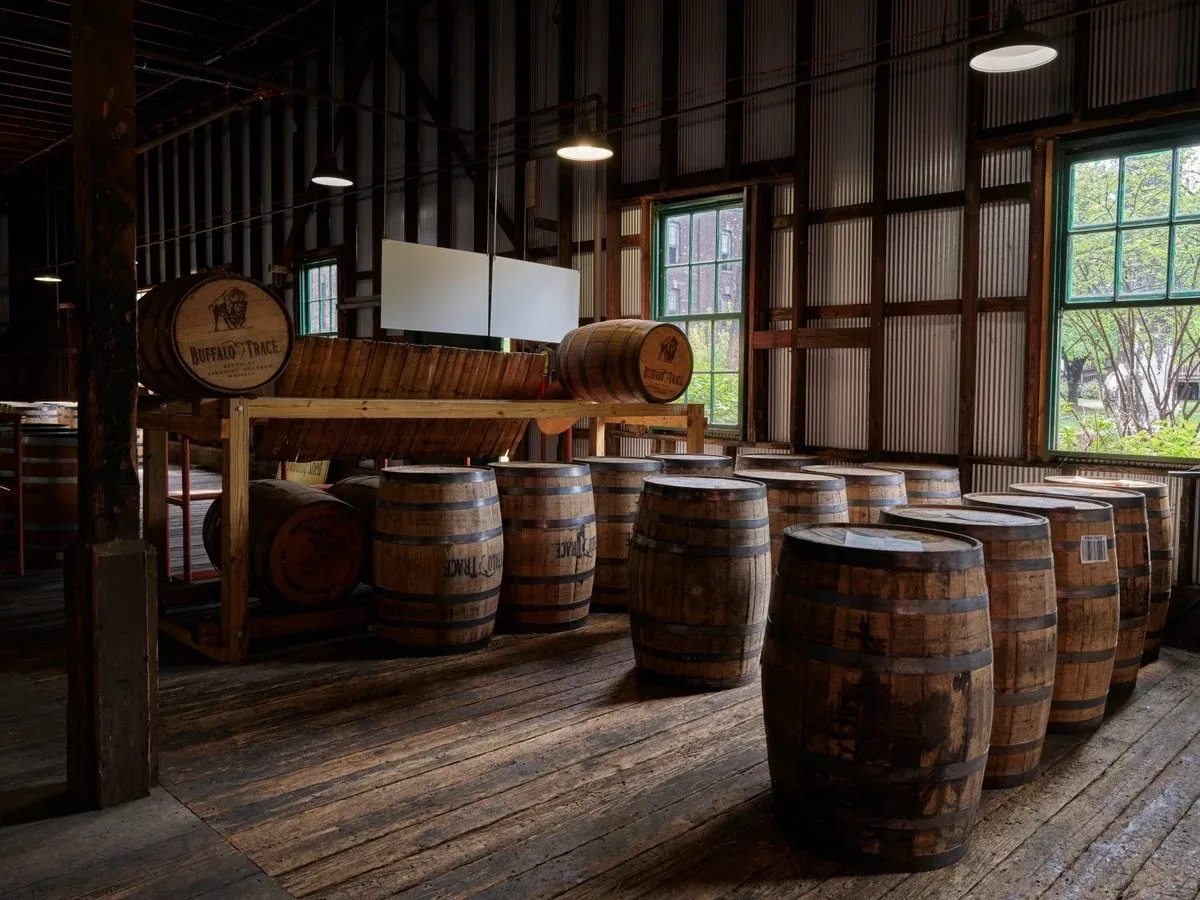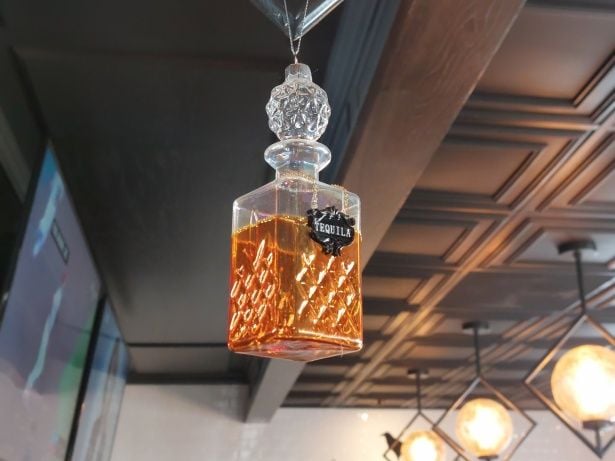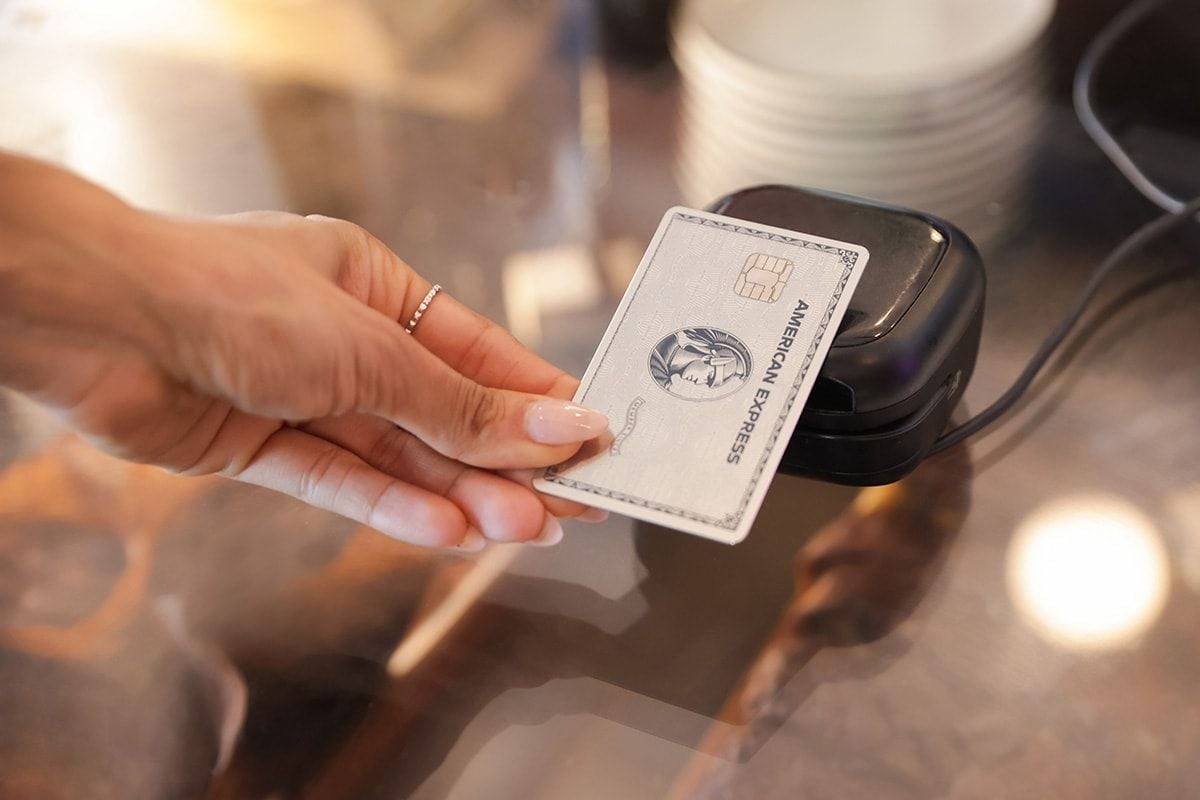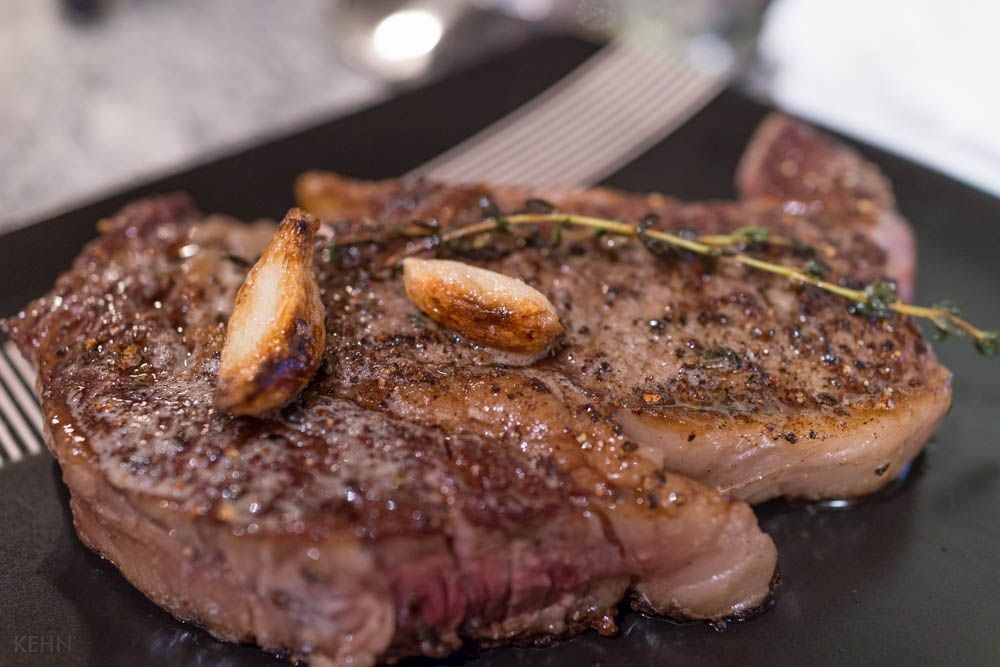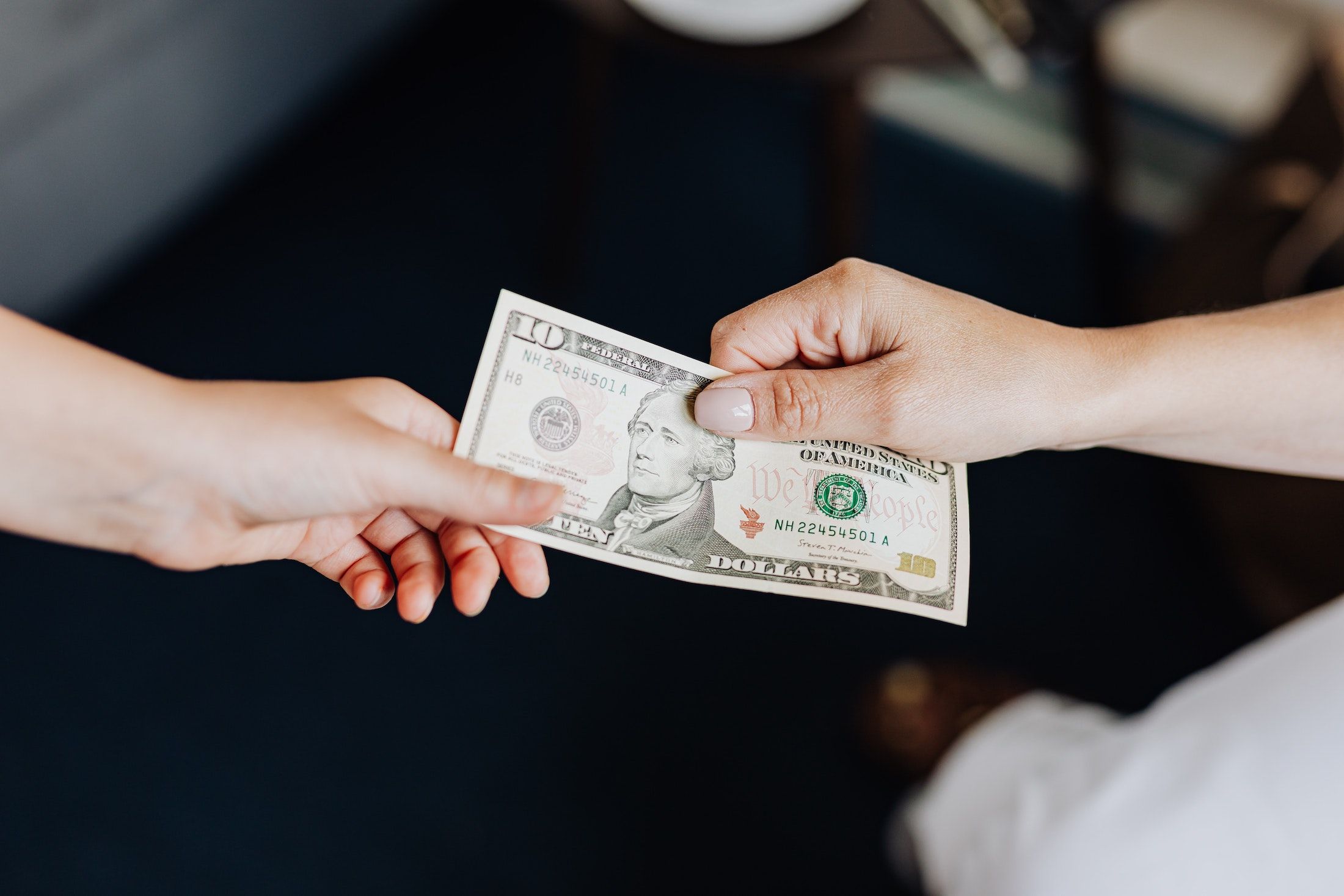
Why is Saffron More Valuable Than Gold?
- May 1, 2024
If you've ever savored a delightful dish like Risotto alla Milanese or indulged in an exotic dessert like Bastani Irani (Rosewater-and-Saffron Ice Cream), you've tasted the distinctive flavor imparted by saffron. Saffron, a spice with bright red threads, seems ordinary until you realize it's more expensive than gold. But what earns it this high value?
Saffron is extracted from the Crocus sativus, also known as the autumn crocus flower. This perennial plant that blossoms in the fall includes three key elements: the stigma, the yellow stamen, and the blue or purple petals. The stigma, commonly referred to as saffron, holds the highest market value. This unique spice can reach a whopping price tag of one pound costing up to $10,000 in wholesale trade. These red threads not only flavor our dishes but also serve as precious components in fabric dye.
Earliest traces of saffron domestication were found dating back to 1700 BC during the Minoan civilization, while pigments created using different crocus flowers have been discovered in cave paintings in Iraq dating back 50,000 years. Saffron's naming history is layered; it originated from the 7th-century BC Assyrian botanical terminology "Azupiranu," which transitioned to the French word "safran" in the 12th century. This term stemmed from the Latin "safranum," which finds its roots in the Arabic and Persian languages.
The flavor profile of saffron is as intriguing as its history. It has a floral, earthy taste that transitions to a light sweetness with noticeable honey notes. The bitterness is the result of crocin, a compound also found in gardenia flowers.
A factor contributing to saffron's high cost is the detailed and time-sensitive production process. The autumn crocus blooms for only a few days in late September or early October. Each flower has to be harvested by hand, and the bright red stigmas manually plucked and then dried for use. This painstaking process requires around 370 to 470 hours to yield one kilogram of saffron.
Given its high value and labor-demanding harvest, saffron is amongst the world's most tampered spices. Counterfeit saffron is often mixed with other flowers and spices like marigold, turmeric, and safflower. To know if you have authentic saffron, observe its smell, sight, and taste. Genuine saffron will smell sweet and floral, appear dark red and trumpet-shaped, and taste slightly bitter before releasing warm and musky notes.
Storing saffron is simple. Whether you have the threads or powdered form, keep it in a cool, dark place in an air-tight container where it can last for up to three years. There are multiple ways to use this spice, either by steeping it in water, known as blooming, or toasting it, as is done in dishes like Saffron Rice Pudding.
So, the next time you're savoring your golden risotto, you'll know the fascination behind the fiery threads of saffron.

